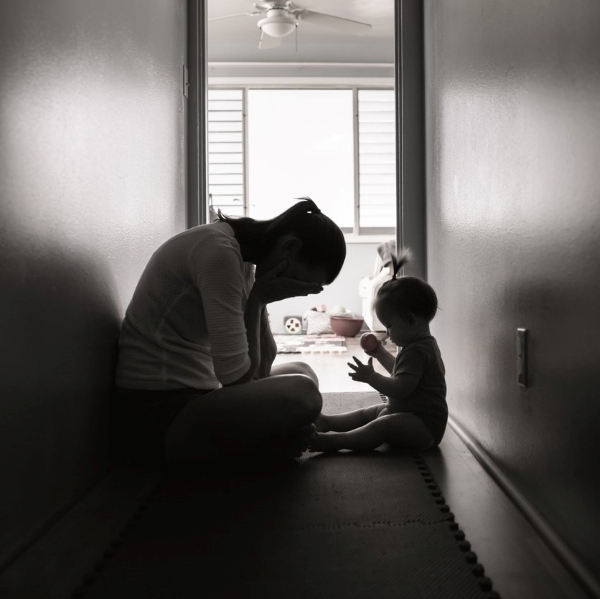
Introduction: Adults who have histories of childhood trauma have been noted to display greater somatization, dissociative symptoms and affect dysregulation. What happens in the parent-child relationship when those traumatized children become parents? A potential link to somatization in the child has been suggested by several prior studies. Children who have early attachment disturbances had more physical complaints if their mothers displayed less maternal sensitivity during observed parent-child interactions. Yet, the intergenerational link between maternal and child somatization has not been sufficiently explored in a longitudinal study in order to understand the potential impact of maternal trauma history and related psychopathology on subsequent child somatization and psychopathology.
Methods: This paper examined prospective, longitudinal data of 64 mother-toddler dyads (mean age = 2.4 years, SD = 0.7) who were later studied when children had a mean age of 7 years. Mothers with and without histories of interpersonal violence (IPV; physical/sexual abuse and/or family violence exposure) were included. Mothers with IPV histories were oversampled. Linear and Poisson regression models were used to test the associations between maternal IPV-related post-traumatic stress disorder (PTSD) with maternal somatization severity when children were toddlers, and between maternal somatization and maternal interactive behaviors with child somatization by maternal report and clinician-rated assessment at school-age.
Results: Maternal PTSD severity was significantly associated with increased maternal somatization severity (p = 0.031). Maternal somatization severity during the child's early childhood predicted both maternal report of child somatization (p = 0.011) as well as child thought problems (p = 0.007) when children were school-aged. No association was found between maternal somatization and child-reported psychopathology. The study did not find that maternal alexithymia, caregiving behaviors or child exposure to violence contributed significantly to the model examining the association between maternal and child somatization.
Conclusion: The results are in line with the hypothesis of intergenerational transmission of somatization in the context of IPV and related maternal PTSD during formative early development. We interpret this as an expression of psychological distress from mother to child, as maternal trauma and pathology affect the caregiving environment and, thus, the parent–child relationship. The authors conclude with a discussion of implications for parent–infant and early childhood intervention.
